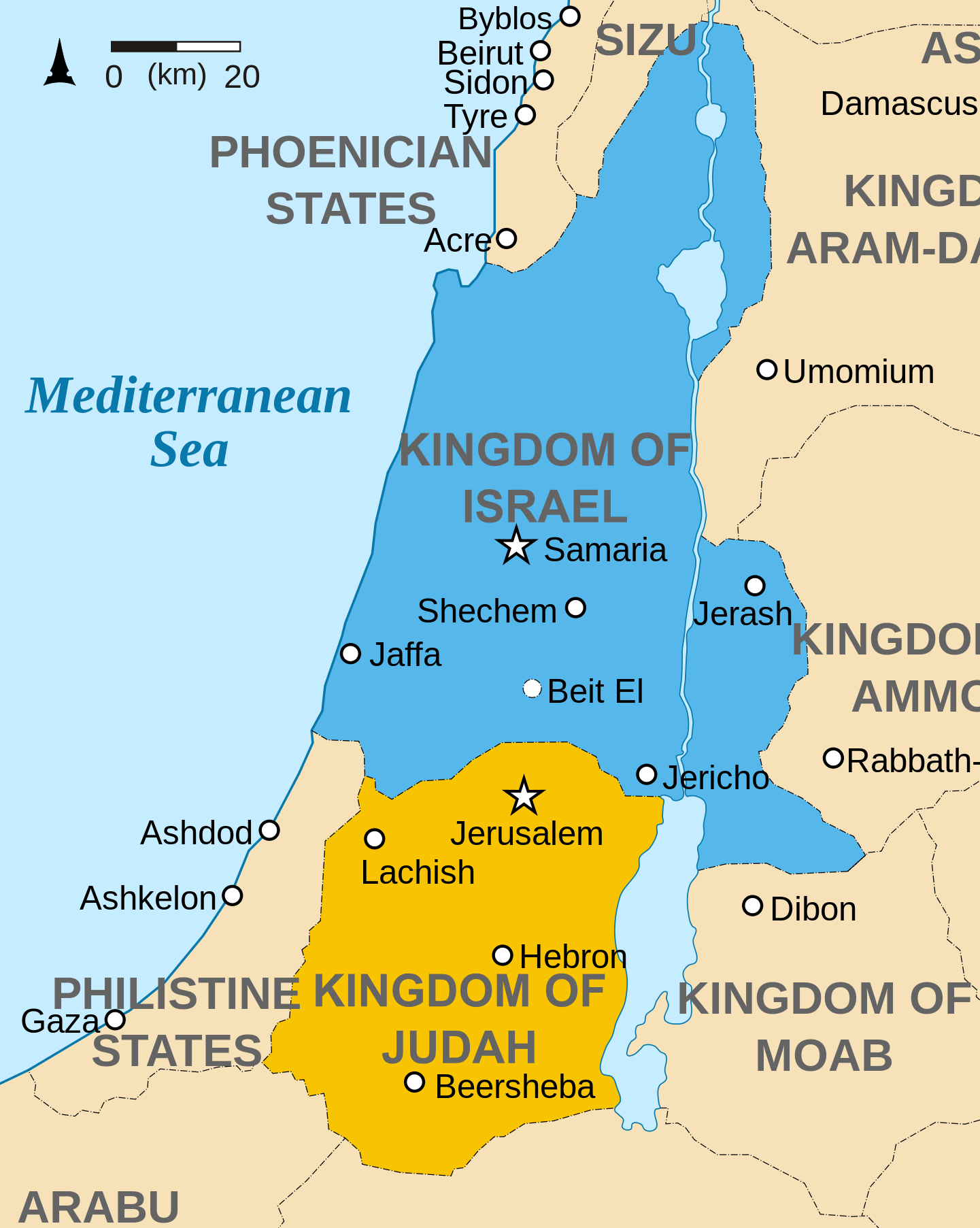sooda
Veteran Member
An Ancient Moabite Altar Sheds Light on a Biblical War
An Ancient Moabite Altar Sheds Light on a Biblical War
Aug. 26 2019
In 2010, archaeologists discovered a 2,800-year-old altar in a pagan sanctuary in the ancient city of Atarot, now in Jordan but once in the biblical kingdom of Moab. Scholars have recently deciphered and published the Moabite inscription on the altar, as Owen Jarrus reports:
The altar appears to date to a time after Mesha, king of Moab, successfully rebelled against the kingdom of Israel and conquered Atarot [from it]. By this time, Israel had broken in two with a northern kingdom that retained the name Israel and a southern kingdom called Judah.
The Hebrew Bible mentions the rebellion, saying that [as a vassal state] Moab had to give Israel a yearly tribute of thousands of lambs and a vast amount of rams’ wool. The rebellion is also described in the so-called Mesha stele discovered in 1868 in Dhiban, Jordan, which claims that Mesha conquered Atarot and killed many of the city’s inhabitants.
One of the two inscriptions written on the altar appears to describe bronze that was plundered after the capture of Atarot. “One might speculate that quantities of bronze looted from the ... continued

An Ancient Moabite Altar Sheds Light on a Biblical War
Aug. 26 2019
In 2010, archaeologists discovered a 2,800-year-old altar in a pagan sanctuary in the ancient city of Atarot, now in Jordan but once in the biblical kingdom of Moab. Scholars have recently deciphered and published the Moabite inscription on the altar, as Owen Jarrus reports:
The altar appears to date to a time after Mesha, king of Moab, successfully rebelled against the kingdom of Israel and conquered Atarot [from it]. By this time, Israel had broken in two with a northern kingdom that retained the name Israel and a southern kingdom called Judah.
The Hebrew Bible mentions the rebellion, saying that [as a vassal state] Moab had to give Israel a yearly tribute of thousands of lambs and a vast amount of rams’ wool. The rebellion is also described in the so-called Mesha stele discovered in 1868 in Dhiban, Jordan, which claims that Mesha conquered Atarot and killed many of the city’s inhabitants.
One of the two inscriptions written on the altar appears to describe bronze that was plundered after the capture of Atarot. “One might speculate that quantities of bronze looted from the ... continued

